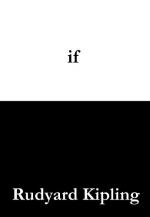|
This section contains 403 words (approx. 2 pages at 400 words per page) |

|
1910: Women are granted few rights and are treated like second-class citizens in both the United States and Europe. In particular, women are not allowed to work outside the home, may not own property, are denied a higher education, and are not allowed to hold public office nor to vote. The feminist movement, which is supported primarily by middle- and upper-class women, works toward more equality for women. Feminists such as Emmeline Pankhurst even resort to violent means to gain attention for the feminist cause, engaging in property damage and notorious hunger strikes.
Today: Women in the Western world have much greater freedoms than they did at the turn of the twentieth century. They can live a life independent of men, with the ability to own property and maintain a career. Women also figure greatly in public life and politics. Although the United States has...
|
This section contains 403 words (approx. 2 pages at 400 words per page) |

|




